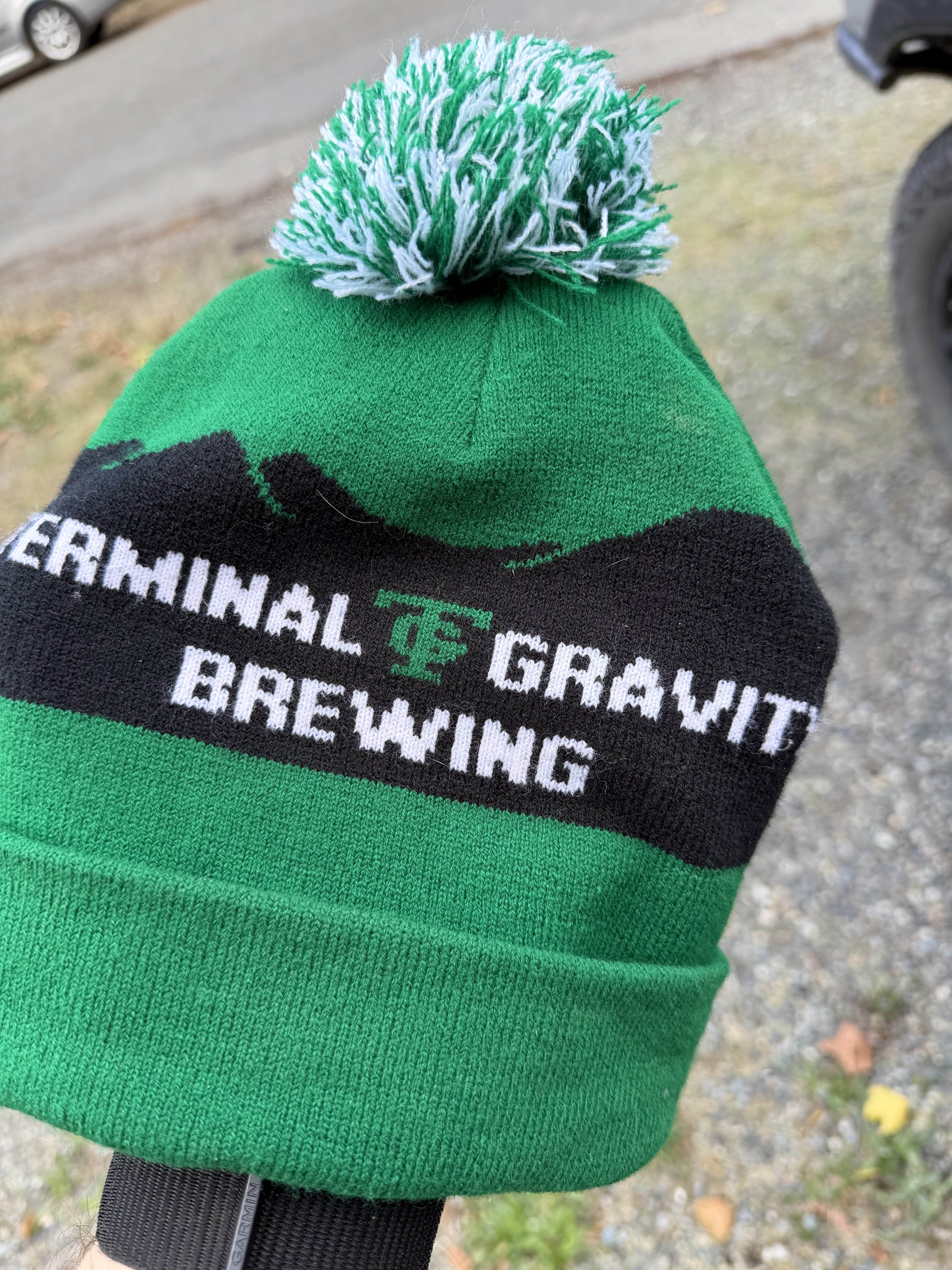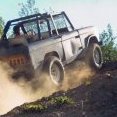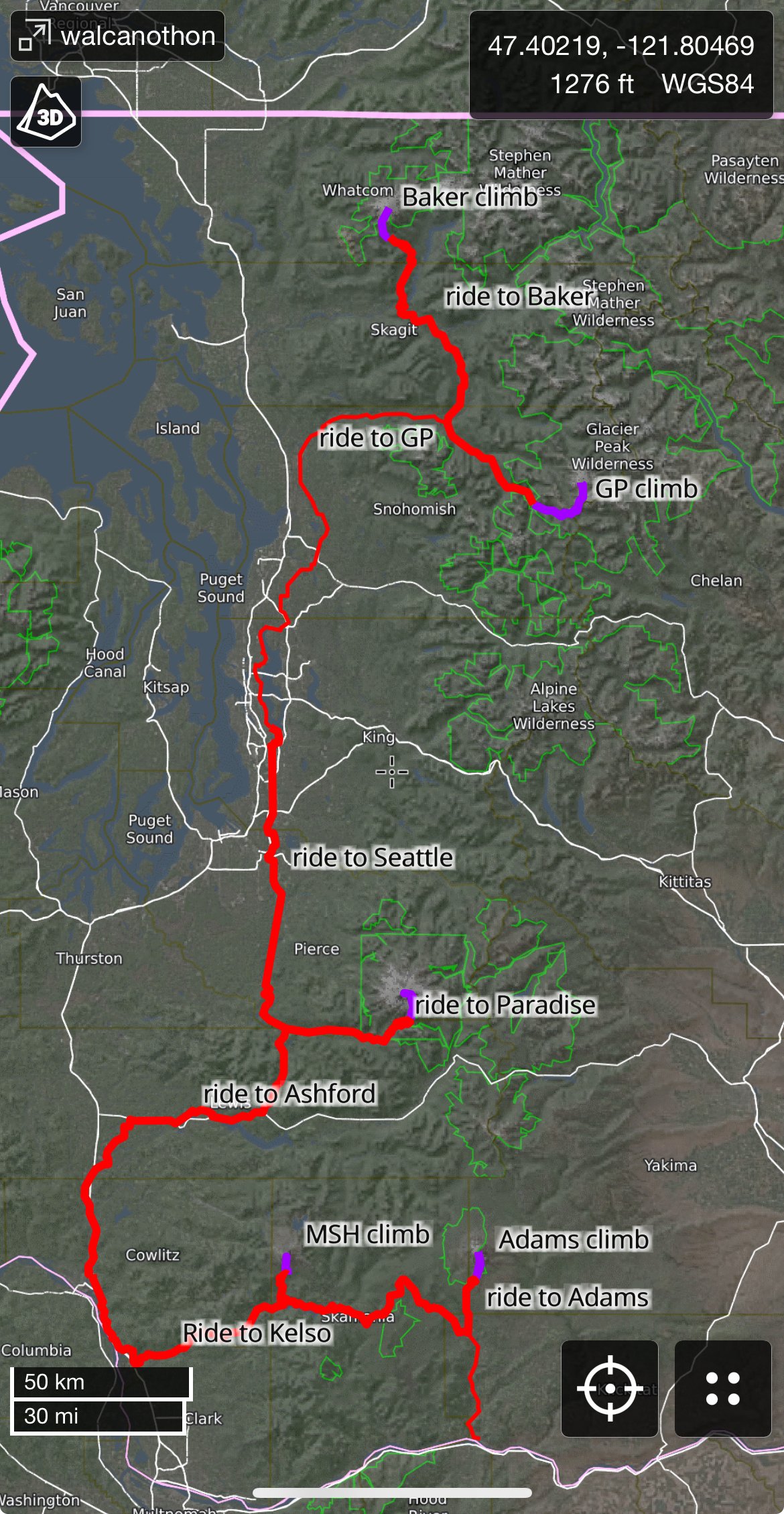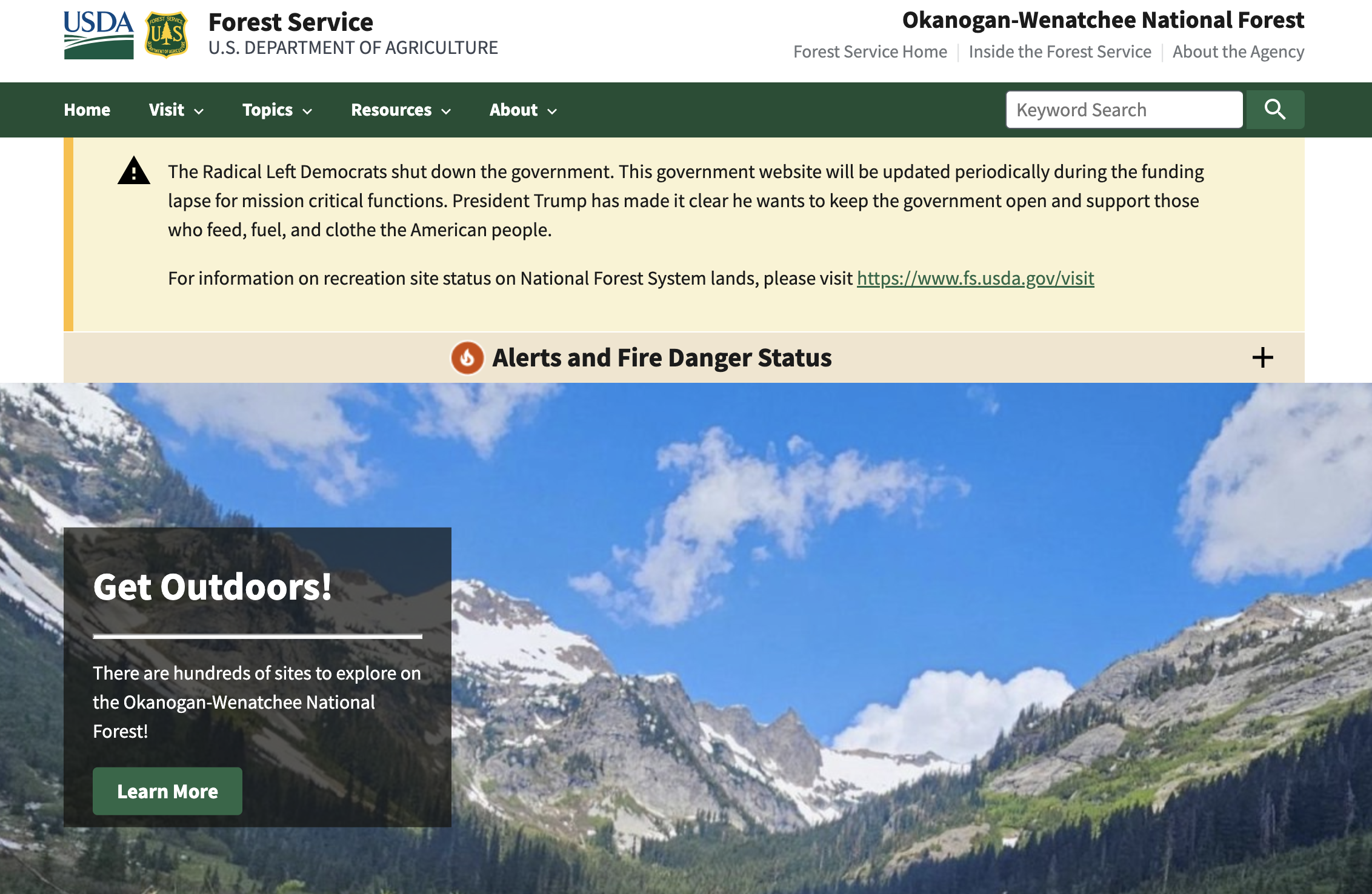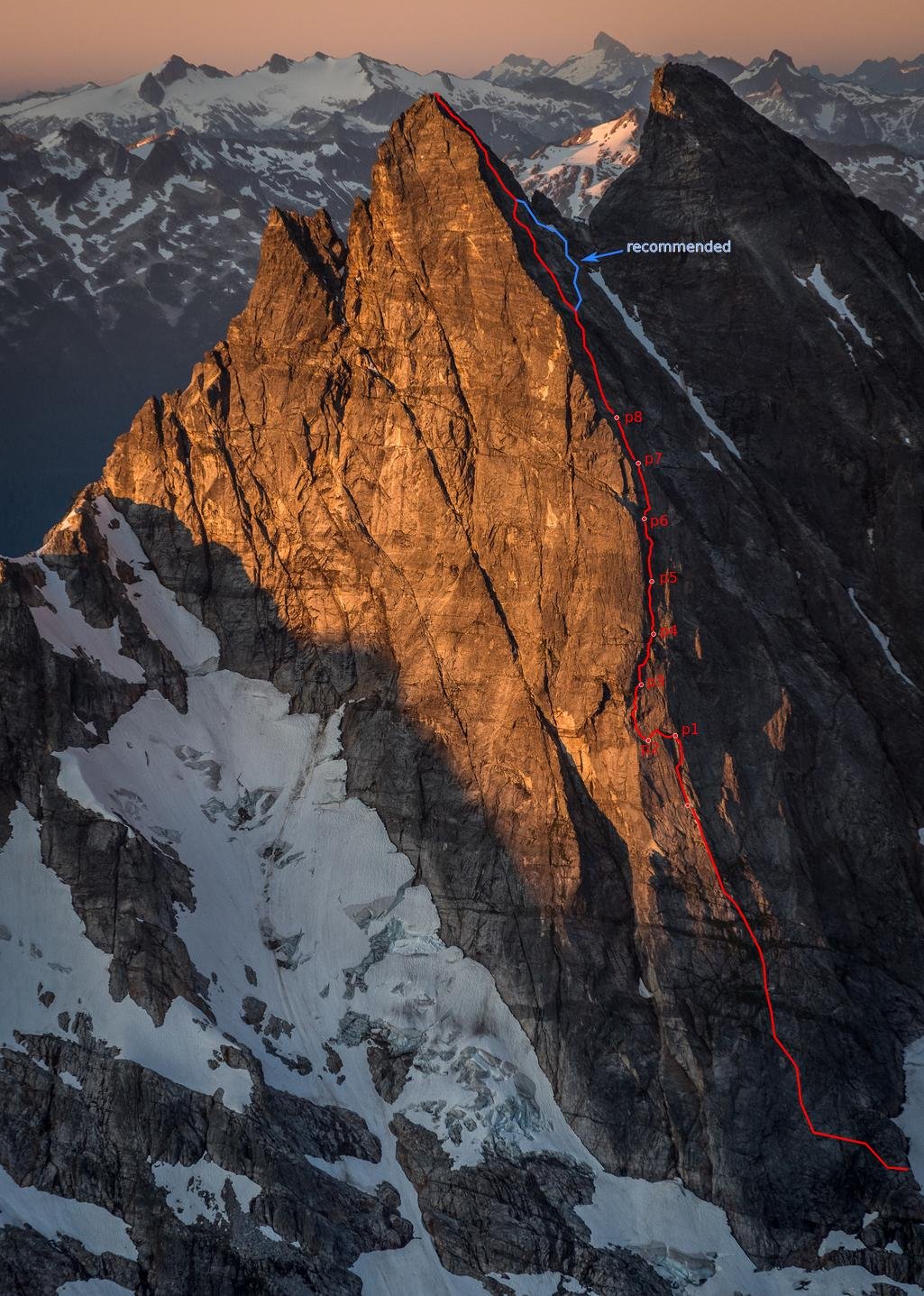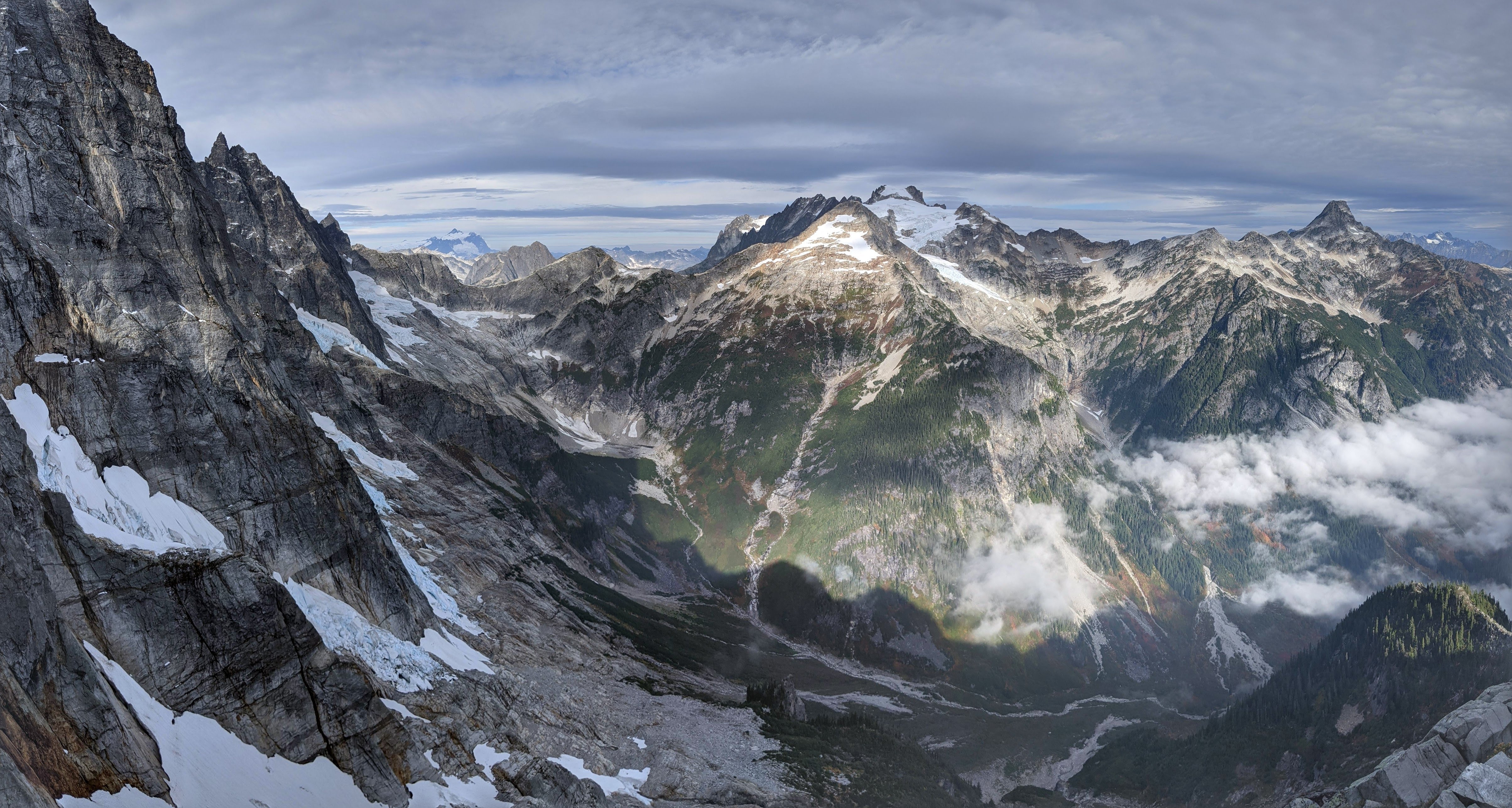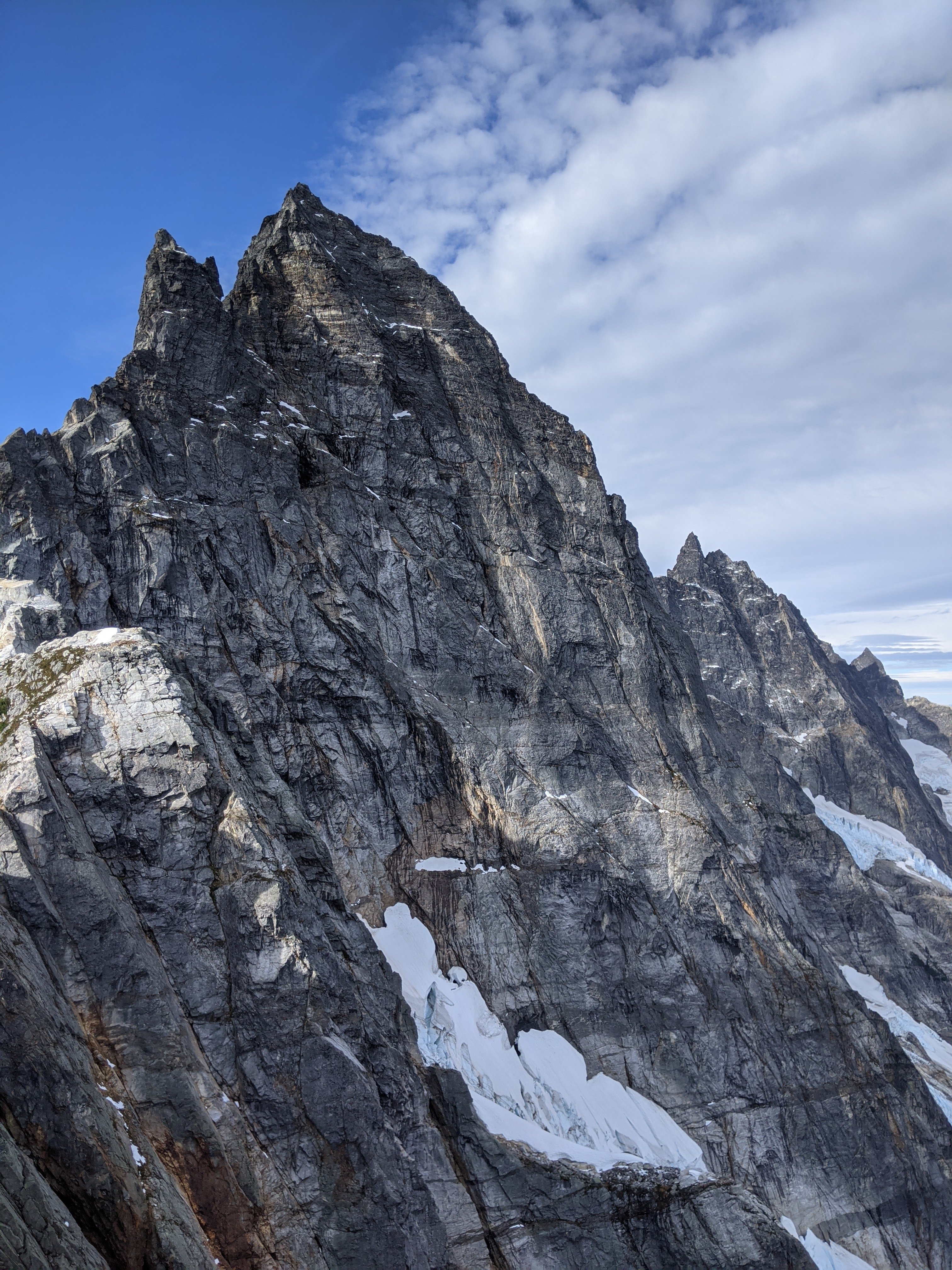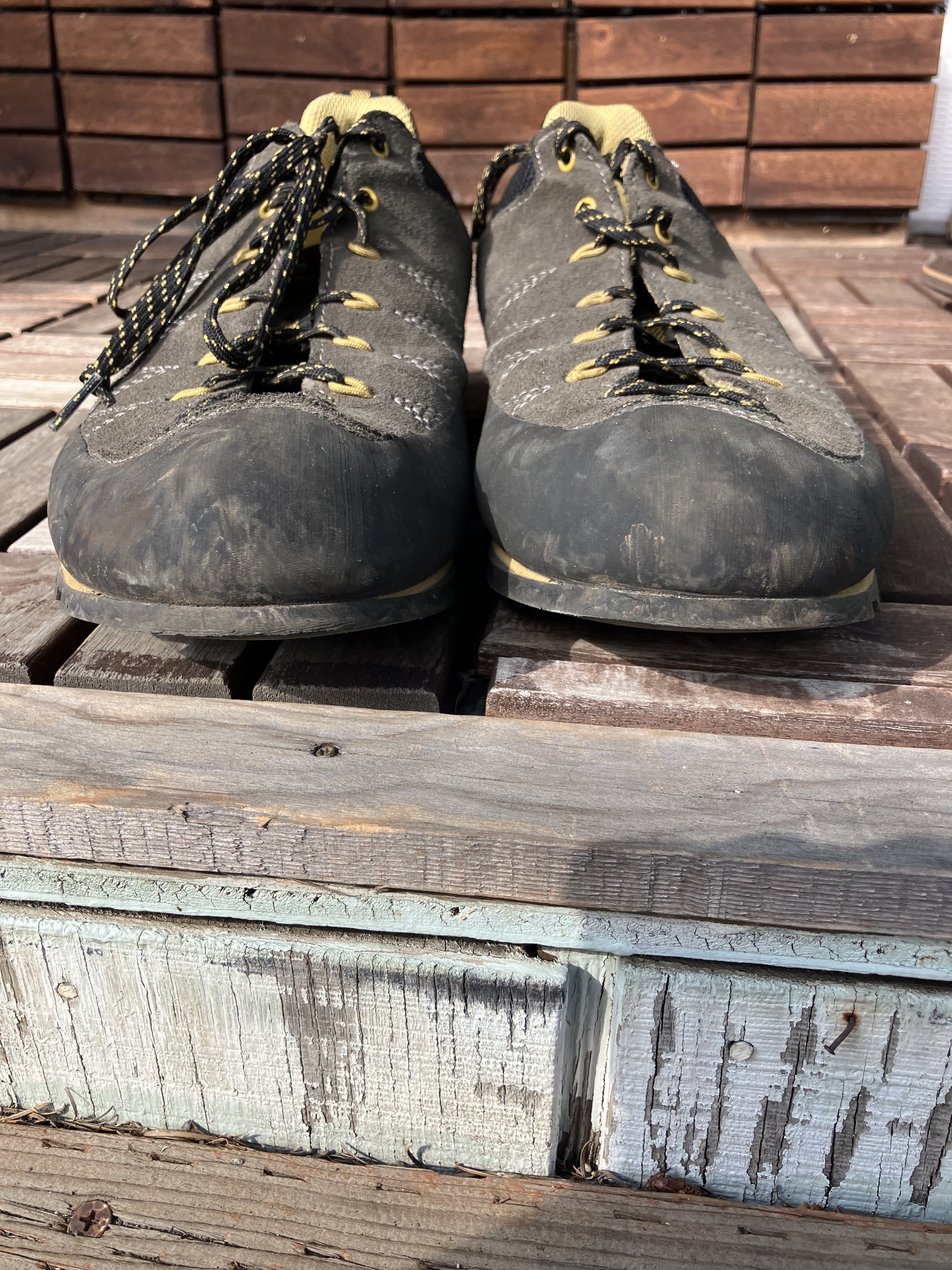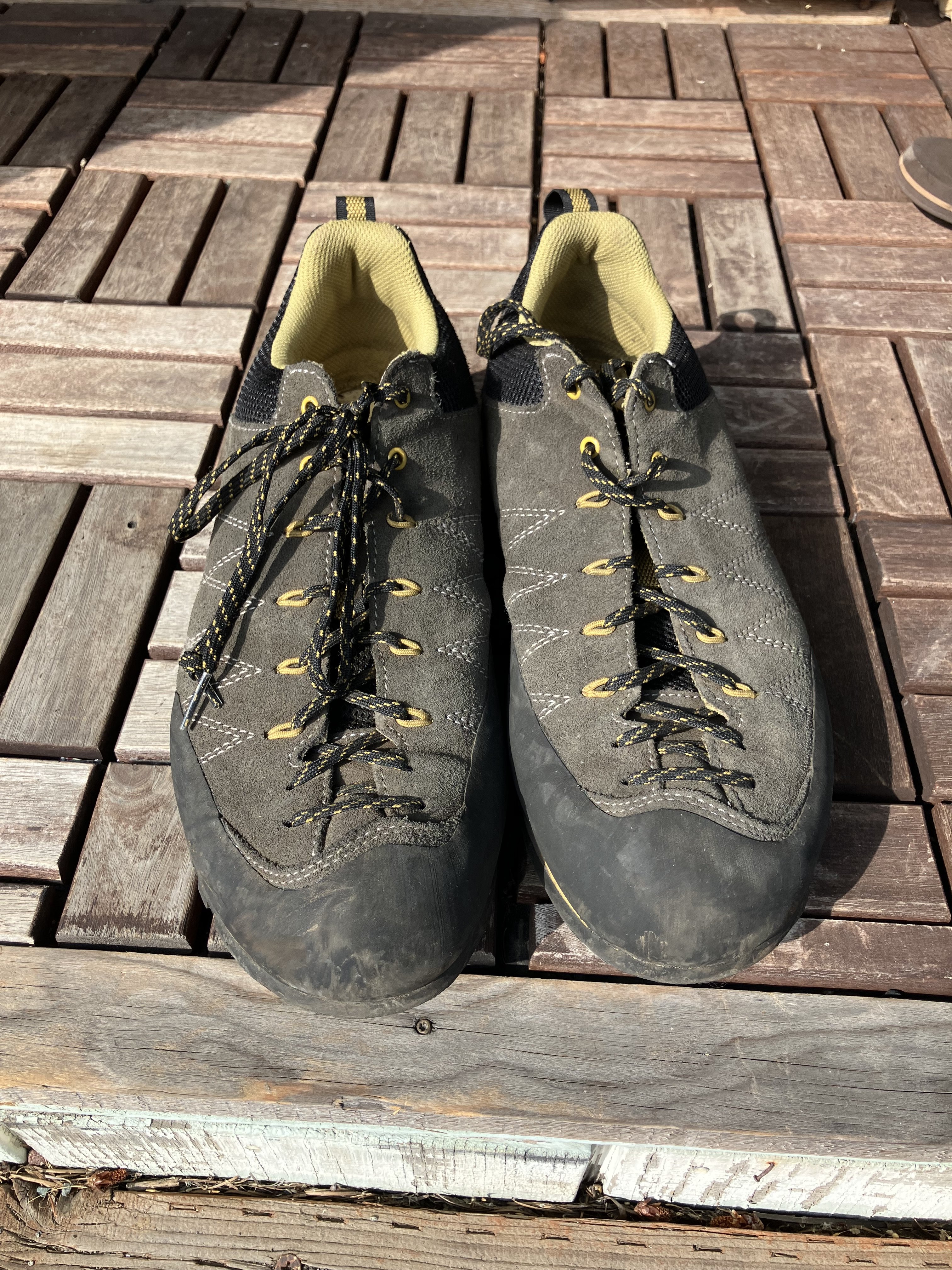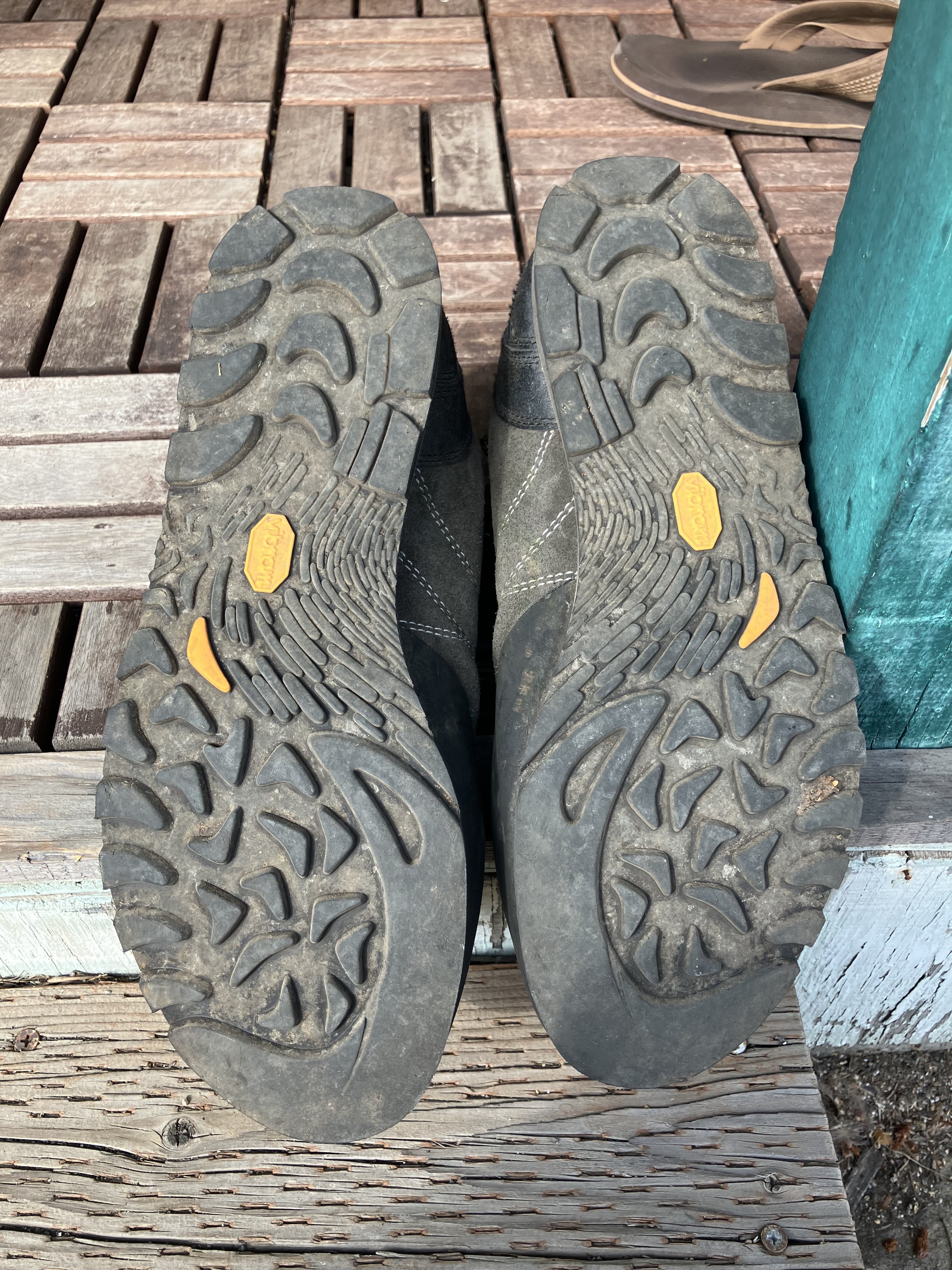All Activity
- Past hour
- Today
-
Trip: Diptop Peak - South face/rib route - FA - 1,000’, 5.8 Trip Date: 09/27/2025 Trip Report: The complex south (or perhaps SSW) face of Diptop, Jason Hummel photo: “Not too bad for a couple of old guys.” “Not too good either.” The statement and its rejoinder were uttered upon arrival at the truck -- just after dark -- and ended 14 hours of moving, including pioneering a route up (with benefit of hindsight) a questionable objective. Apparently one person’s idea of a good time is another’s idea of a bad time. The exchange echoed an earlier sentiment: “One person’s inspiration is another person's embarrassment”. Diptop is just north of Mt Daniel, and just south of the insta-famous Jade Lake. Rolf sketched our approx route below, fairly borrowed from a Wikipedia image (in turn apparently derived from a pic by Martin Bravenboer): Our "meandering-like-a-drunk" route gained 1,000 vertical feet, and entailed 6 roped pitches (the last one v. short) and a fair bit of soloing. Photos from afar inspired hope that 1. we’d be climbing on granite, and 2. there would be appealing lines on the central buttress of the expansive south face, or on the face itself. Upon closer inspection: 1. the rock was granitic, but one might say it has exfoliated "in an unfriendly manner for free climbing." And 2., while there were cracks and attractive features, it was difficult to ascertain if the seemingly discontinuous lines could be joined. We leave that to more competent and/or bolder parties to figure out. The route was reasonably solid for the alpine, and had its moments of fun. It was mostly scrambling, though it had some contrived steeper climbing and some required steeper climbing. Rolf drew the short final bit -- arguably the crux -- to the ridge crest, not far from the summit. On some of the best rock of the route, although with limited pro, he made a couple of sporty moves with a Vlad-the-Impaler flake threatening his nethers: Despite a "limited alpine skill set", perhaps indeed an “ordinary person accomplishing extraordinary things” is possible, if by extraordinary the speaker meant finding an ignominious way up a fractured granitic face. Maybe they were just “projecting insecurities", since this venture was their pet project. We might have been mildly disappointed with the route, but random insults like “twee”, “cloying”, “piker”, and various vitriolic un-printables kept the mood light. And the surroundings weren’t half bad. A couple more photos below. First roped pitch, after several hundred feet of soloing up to 5th class: Relatively high on the route: An oblique look at the central buttress from the summit area: We approached from the Tonga Ridge/Deception Cr cutoff trailhead. This much shorter approach from the north (vs coming from the south) does require travel up/down some steep timber, duff, and a bit of brush, but offers scenery, solitude (until arrival at Marmot and Jade Lakes), and berries. A little off the optimum route on the last steep stretch of the return, while monkey-bar-jungle-gyming from tree to tree down pine-needle covered duff, someone might have mumbled “we can always rap”. I’m happy to share our approximate track if you’re interested in approaching the scenic lakes without the trail slog. More photos here: https://photos.app.goo.gl/H1e1ExQ1PTVEohUE8 And more about the rock in the area here (courtesy of Rolf: https://bluemarbleearth.wordpress.com/2024/09/16/tuck-lake-and-jade-lake-geology/ Gear Notes: Took a standard double rack, but a single would do. Approach Notes: See above. To access the south face, wander down from Diptop Gap.
-
On a road trip in Idaho and Montana and came across this hat in a thrift store in a little town in Montana when I stopped in to get some steak knifes. Got this and three steak knifes for $2. Thank you Steve and RIP.
-

Winter alpine/ice/ski partner wanted
olyclimber replied to Albert_Pynstardt's topic in Climbing Partners
Dan I will help you! Let’s also get your phone off here it will get scraped and every bit in the universe will be calling you! -
"Route 66" V 5.10 AI2 FA on the NE face of Johannesburg
Carbonj replied to Sam Boyce's topic in North Cascades
Right on. After doing forbidden and looking at that face I knew we had to do something on that face. In the late 80's my buddy Ralph and I started off early July with the intention doing the route that said 20 pitches of 5.6. So just brought handful of nuts,tricams and titons. We ended up going to the left of you and left of that gully. Most of the gully's were wet,we had to use the two tools just to get on the rock after that it seemed constant 5.8 with some harder for 10 to 12 pitches of really good rock. Then we started getting into wet and greasy stuff I ended lowering off a couple of pieces and tried going left and right no go. I found a snow covered ledge that barely fit. We cleared it off put our bivy sacs down and then heard something coming from above well we hugged the wall and a nice chunk of ice landed on the ledge. Oh well it was getting dark so we ate some food and talked how we didn't have enough gear to safely rappel and how long we would probably wait for a rescue all while looking down at the road. We brushed and flossed our teeth and went to sleep sorta. In the morning Ralph thought he seen a runner hanging off a horn way to the left above so wth tension and what was left of our meager rack I got to it and got to some dry rock that easy class 4. Whoo hoo we hauled ass to the summit and started the descent a few rappels and we were at the top of CJ gully. That was definitely the closest we got to getting nailed by rocks. One person would look up and yell when the other would run to (shelter) there wasn't much of that. So getting home looking at Fred's green book it seemed we might of done the route that was written up as generally unpleasant and frightening. A couples years later I was walking around north Seattle and met Don Brooks pushing a stroller with two newborn with another kid walking, it seems they just wanted one more but got a extra one. Anyhow he was with the group that did the unpleasant route, he said he didn't write the entry and felt it wasn't bad. I felt the same should of done it later in the summer and don't go down CJ gully in the afternoon. Ralph said his favorite memory is sitting on that ledge flossing his teeth and thinking we were fucked! Always thought that face would be amazing in the winter. - Yesterday
-
Winter alpine/ice/ski partner wanted
Albert_Pynstardt replied to Albert_Pynstardt's topic in Climbing Partners
Thanks Jason! I don't get up to the North Cascades very often, but I'll let you know if I do. -

Winter alpine/ice/ski partner wanted
JasonG replied to Albert_Pynstardt's topic in Climbing Partners
Hey Dan! I bet @olyclimber could help you recover your old profile if you'd like..... great to see you this summer in the mountains! Let me know if you are looking to head up to the North Cascades! I can't say I am doing much real climbing these days, but if you are up for a ramble or ski tour let me know. -
Albert_Pynstardt joined the community
- Last week
-
Hey gang, I'm looking for climbing partners for this winter. I'm from Seattle originally currently residing in Boise. I used to post here under DPS/danielpatricksmith. I've been climbing for 30+ years. AIARE 1, WFA certified. The alpinist and ice climbing community Boise is pretty limited so I'm casting a larger net. I make several trips to the Cascades and Hyalite several times a year. In the short term I would like to do something on Hood (NF Right Gulley, Black Spider, etc.), ski touring in the Wallowas, ice climbing in Hyalite. Longer term I would love to get to the Peruvian Andes. Daniel Smith Please send a DM if interested.
-
[TR] Chikamin Peak - Dog Route 09/05/2022
Omnia.Extares replied to olyclimber's topic in Alpine Lakes
Awesome! Thanks so much for that info and for the strava link, I appreciate it. Yup, I've been there and then did the same. I have the double back harness from ruff wear, it alleviates a lot of worries. Appreciate the beta! -
-
best of cc.com [TR] Cascade Volcanoes - Bike-athon 06/06/2025
traildirt replied to traildirt's topic in Mount Rainier NP
Here is the compiled cal topo with the full route. https://caltopo.com/m/NV0J5M0 the only significant change id make is avoiding the mega detour to i5 between msh and rainier. FR 25 would be ideal, but it may not be open for a while (years?) the other option could be to climb msh first, then Adams…and take FR 23 (or possibly 21?) to Packwood. The likely barrier there is that the snow may not melt off the highest elevations on that road until July…which isn’t necessarily a problem but I wanted to do this in June oh and there were a few miles between Elbe and eatonville where I was very close to getting hit a few times (called Alder cut off I think)…if I did it over I would avoid this even if it added 20 miles like the alternate might have -
Indeed they do. Turns out a few weeks later and Ben told us they were totally absent in the exact places in which we were tormented. So I would think by mid to late August it would be pretty bug free. The lowlands were totally fine, just up where the snow was melting off it was miserable with mosquitoes.
-
parker_schoelkopf joined the community
-
best of cc.com [TR] Cascade Volcanoes - Bike-athon 06/06/2025
parker_schoelkopf replied to traildirt's topic in Mount Rainier NP
Sick job! Would you happen to have the route you took downloaded? -
Trip: Strathcona Provincial Park Ramblings - Big Interior, Septimus, and Kings Peaks Trip Date: 07/21/2025 Trip Report: This past July @Trent and I went on a ramble to Strathcona Provincial Park up on Vancouver Island. We were supposed to meet up with @wbk at the end of the week to give the Colonel Foster Traverse a go, but we wanted to ease into it. And so we did, sort of. Or maybe we just got schooled by the "Island Alpine" we had heard so much about from @wbk. First off we had to navigate the BC ferry options to the island, which tend to book up early. Nevertheless their ferry system makes ours look decidedly second class, and it all worked our pretty smoothly once we were booked and in line. First stop was the trail to Bedwell Lake which I suppose is a good trail by Island standards, but a grunt nontheless. The bugs weren't bad at the lake but increasingly became annoying as we climbed to our camp just below Jim Lake. We were up early the next morning, rambling up and across on the climber's path to Big Interior. It turns out most use this as an approach to Nine Peaks, but we didn't fancy carrying all of our overnight and climbing gear over the summit and so we settled for the "approach" summit of Big Interior. The bugs, heat, and humidity followed us every step of the way. Nine Peaks from Big Interior: @Trent pulling up on to the summit of Big Interior: The views, of course, were grand, and we barely knew any of the peaks in any direction. So much to do in every range it seems like, there is never enough time to climb them all! But we at least had to climb another on this trip, so we reluctantly retraced our steps to camp. And then promptly moved it to Cream lake, to prepare for the aptly named Green Ridge on Septimus. Camp at Cream lake with Septimus looming above: Septimus: Cream lake: We were up early the next morning, crashing around the lake and down, down, down to meet the start of the Green ridge. Do not underestimate this approach! It is every bit a thrash as anything in the Pickets or North Cascades and was especially character building in the heat, bugs, and humidity. Thankfully we were through most of it in a few hours and soon battling the steep rock and veg into the alpine. @Trent out of the brush and about to do battle with steep veg on the Green Ridge: But soon enough we emerged into the full blown Island Alpine and the grand north wall of Septimus and Rosseau was revealed: Looking down at Green lake from Green Ridge: As we scrambled higher, we came across one of the more vivid bits of rock I have encountered in the mountains. Maybe some pillow basalts that have been smoothed by ice? And then a short rap, some steep snow and steeper rock (but still 4th class) as we wheezed our way above the bugs and on to the summit of Septimus: @Trent on the summit of Septimus: There was quite a flower garden directly on the summit of Septimus: And then the 5-6 raps down the South (regular) route on Septimus. We had heard that you may need two ropes to make this work, but it went fine with a single 60m. Take care if anyone is below you though, much loose rock! By the time we got back to camp it was late afternoon, the bugs were fierce, and a swim was called for to think about our options. It was decided that we would spend another night at Cream Lake, hike out for a "rest" day and then try for a single day trip before meeting up with @wbk later in the week for Colonel Foster. I mean, we're going to do all that, right? But first, there was a sunset to enjoy: In the morning the bugs were still fierce, the heat and humidity back in full force as we packed up to hike the Bedwell trail back to the car. Parting view of Septimus: Big Interior and Bedwell Lake: Thanks to a friendly campground host in the park, we found an excellent free place to camp just outside the park and on the way to Gold River. It was about this point that our appetite for Colonel Foster was waning as the pull of home and no bugs was growing stronger: But first, another peak! We had chosen the "hiker's" route up Kings Peak as the day trip the following, knowing that it was a big grunt and was likely to be hot and buggy as well. Still, it was enough of a challenge as to feel like easy mountaineering, and it was hard to beat the views. There are loads of very steep climbs on Kings, maybe the highest concentration of hard routes on any peak in Strathcona Provincial Park. But we didn't climb any of them! We did oogle other nearby mountains like Elkhorn, for a future trip to the Island: And of course, the Colonel: Soon we were on the summit with the ravens on a perfect day, finally above the bugs and the heat, feeling the bliss of "Island Alpine": But it wouldn't last. We were tired from 5 days of rugged Island peak bagging, and a bit mad from the bugs as we descended. We got in the car, changed our ferry reservation and headed home. Sorry @wbk, we'll have to come back for the Colonel! Gear Notes: 60m half rope (Septimus Green Arete), ice axe, helmet, crampons Approach Notes: BC Ferries
- Earlier
-

best of cc.com [TR] East McMillan Spire - North Buttress 09/24/2025
JasonG replied to psathyrella's topic in North Cascades
Now that is a good use of a photo! So rad, thanks for drawing that up. -
psathyrella started following [TR] East McMillan Spire - North Buttress 09/24/2025
-
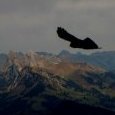
best of cc.com [TR] East McMillan Spire - North Buttress 09/24/2025
psathyrella replied to psathyrella's topic in North Cascades
Thanks for the kind words. And yeah, it was way more casual than I expected. I figured there was a decent chance we'd climb through the night. But, nothing went wrong (mostly, we didn't blank out and have to pendulum). Also, while I expected decent rock compared to the Pickets reputation, the rock was vastly better than I'd dared hope. Like, legitimately good. I could list a lot of local granite routes with similar or worse rock. I mean, this is obviously an extremely serious route and environment with some loose, wet, and vegetated rock, and a slight deviation from our path could yield a very different experience. Bailing would be spectacularly unpleasant and expensive. But it's also a much more pleasant and, yeah, casual route than I would have ever expected. And right, re: snow on the approach: the 76/86/08 parties encountered substantial difficulties with glaciers/ice blocks. I also know someone that recently tried to traverse under the McMillan cirque North faces from Stettatle Ridge in late spring, and was turned around by some weird messed up crevasse situation with what seems to be a seasonal glacier (following roughly the Volken ski approach). But, I think they were lower than you'd be to approach the buttress, so maybe it's not a big problem these days. These glacial remnants seem to always be gone by Sept, and we just had one short section under some mildly threatening blocks where we felt the need to scoot (similar to approaching Triumph NE ridge). Here's some more detail: Approach: from the Terror basin bivy, walk/scramble up slabs diagonally toward base of Little Mac. There are bivy sites with year-round water around 6400-6700ft below/S of Little Mac. Find a narrow ledge below Little Mac to access the NE trending ridge toward Elephant Butte. Scramble NE along this ridge for 10-20 minutes, finding a slung boulder about 50m before the first low point/col. Make four 45-55m rappels starting from the boulder, at first in the corner. After the second rappel, walk 20m skiers right on a ledge to find another slung boulder. The fourth rappel finishes over a rotten, red overhang. From the base of the rappels, walk/scramble to the base of the buttress, continuing around to the right/W side, and scramble up and back left toward the crest. In late season (Sept) there will likely be no need to cross snow (although plentiful flowing water), with one area below broken up ice blocks where you’ll want to scoot with some urgency. Early season, though, there may be a seasonal glacier with substantial crevassing that could hinder access (a la Slesse). Route: When the buttress steepens to fifth class, simul climb for 200-300m until a ledge where it steepens further and the pitched climbing begins. Looking up, you will see the buttress crest on your left, then to its right a right-facing corner (2008 route, we think, we climbed this), a rotten looking roof, and further right another weakness/corner (1986 route, I think). Belayed pitches range from perhaps 5.8 to 5.10-, and it’s hard to give per-pitch grades, but p3 is the mental and physical crux. p1 (50m): Begin in the corner directly below the rotten roof (to the right of the upper, left-hand R-facing corner that you're aiming for). When the cracks become wet and filled with moss, traverse a couple of meters right to a cleaner corner, and belay just below the rotten roof. Note: this is what we did, but it may be better to take the next corner left, which aims you straight toward the left end of the chossy looking roof, and thus avoid the traversing pitching. p2 (20-30m): Traverse horizontally left, out from under the chossy roof, passing below another crackless roof/overlap, aiming for the solid/clean rock near the crest. Belay near two rusty pins. p3 (45m): From the old pin anchor, go up and left into the solid corner with clean cracks, passing an ominous looking fridge-sized block that, once you reach it, sounds solid enough to (gingerly) climb on. Continue up placing gear behind surprisingly solid flakes to pass a small roof, emerging on a slab that provides entry to the large R-facing corner at which you've been aiming. Climb the slab up and into the corner on solid rock, but at times little gear, until you can step right onto a pedestal belay. p4 (50m): Climb up from the pedestal toward the left side of the mossy, chossy-looking roof; but traverse right just under the roof on solid, clean face holds, using the roof only at its solid right edge. Emerge onto a large grassy ledge, climb up solid blocks/boulders into a steep, splitter thin hand/finger crack leading to another, larger but sloping grassy ledge. Continue up the grass/heather slightly rightwards to belay at the base of a corner. p5 (45m): Go up and right on the face R of the corner. There are numerous options but they all deposit you on a small sloping ledge where the face converges below the main corner. p6 (50m): Climb up cracks and grooves on the right wall of the corner, aiming for the right side of an overlap below a larger roof. After placing gear in the roof, step left above the overlap and continue up to belay in a small sloping alcove. p7 (50m): Climb rightwards out of the alcove, passing a small roof on its right to emerge onto a rightward-sloping ledge. Walking right will lead to bivy sites; but if not bivying, continue straight up into a steeper, shallow corner with several cruxes (one just off the ledge), belay when you find a good stance. p8 (50m): Climb straight up in a slightly easier corner/groove, stopping to belay when the angle eases. You are now in the schist band: rock quality deteriorates. Simul climb for 50-60m, straight up a broad depression, exiting on steeper, splitter cracks slightly rightwards leading to lower angle slopes facing more westward. We continued simuling, aiming for a steeper ramp 30-50m right of the crest, which had a fixed pin, but was the only bad/scary/chossy pitch of the route. Not recommended. Instead, after exiting the steep cracks, stay low and traverse harder right toward the E Mac-W Mac col, until you reach a broad depression leading straight up (3rd class) to the summit. Descent: Downclimb SW toward the E Mac-W Mac col (2nd-3rd, one 4th move at bottom). Continue downclimbing the dirty gully S for 50-100m, looking for where the left wall of the gully becomes less steep/flat (i.e. creates a small shoulder), where you will find a slung boulder. Make four 45-55m rappels roughly straight down off slung horns/boulders to reach lower-angle slopes. And a route line on a gorgeous picture by @JasonG (happy to pass along higher resolution, just ask): And finally views of the upper and lower buttress, and the rappel corner, from a little past the rappel point: -
Bronco Williams joined the community
-
Selling these Scarpa tennies, size 45. Used for one approach/scramble, 9.5/10 condition. Located in Mount Vernon but I’m in Index very often. $80
-
Winter walk wall is back, 24 years later, no? It is in the latest guidebook.



